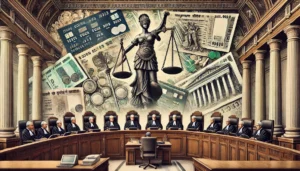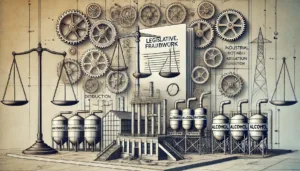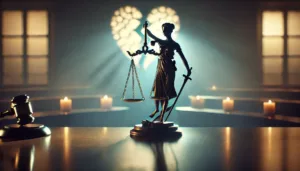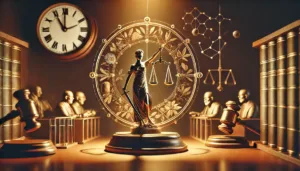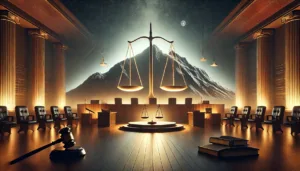Case Citation
- Court Name: Supreme Court of India
- Case Title: Shri Mukund Bhavan Trust & Ors. vs. Shrimant Chhatrapati Udayan Raje Pratapsinh Maharaj Bhonsle & Another
- Case No.: Civil Appeal No. 14807 of 2024 (Arising out of SLP (C) No. 18977 of 2016)
- Date of Judgment: December 20, 2024
- Judge(s) Name: Hon’ble Mr. Justice R. Mahadevan
Facts of the Case
The dispute revolves around vast parcels of land situated in Yerawada, Pune. The appellants (Shri Mukund Bhavan Trust and trustees) acquired the land through court auction in 1938 and subsequent sale deeds in 1952. The respondent (Shrimant Chhatrapati Udayan Raje Bhonsle), claiming direct descent from Chhatrapati Shivaji Maharaj, alleged that the land was a revenue grant (not a soil grant) granted by his ancestor in 1710. The respondent argued that the appellants’ predecessors had no authority to alienate the land. The respondent filed a civil suit in 2009 seeking declarations of ownership, possession, and the voiding of several earlier legal decrees related to the property. The appellants filed an application under Order VII Rule 11(d) of CPC to dismiss the plaint as time-barred under Articles 58 and 59 of the Limitation Act, which the trial court rejected. Subsequent appeals to the High Court also failed, leading to the present appeal before the Supreme Court.
Contentions of the Appellant
The appellants contended that the suit was barred by limitation, as the transactions in question, including the sale deeds, date back to 1938 and 1952, far beyond the statutory period of three years prescribed under the Limitation Act. They argued that the respondent’s claim of discovering the alleged fraud in 2007 was fabricated to circumvent the limitation period. The appellants also maintained that the respondent’s predecessors had constructive knowledge of the transactions through registration, and the respondent could not assert rights over a property alienated before his birth.
Contentions of the Respondent
The respondent argued that the cause of action arose in 2007 when he first became aware of the transactions during legal proceedings involving a third party. He alleged that the appellants’ predecessors acted fraudulently and misrepresented their authority over the land, obtaining rights through collusive compromises and decrees. The respondent contended that limitation was a mixed question of law and fact requiring trial. He further claimed that the land was granted solely for revenue collection and was inalienable without his consent.
Issues on This Judgment
- Whether the respondent’s suit was barred by limitation under Articles 58 and 59 of the Limitation Act.
- Whether the respondent established a valid cause of action for declaring the prior decrees and transactions void.
- Whether the appellants’ predecessors had legitimate authority to alienate the disputed land.
Observations/Findings of the Supreme Court
The Court held that the suit was hopelessly barred by limitation, emphasizing that the sale deeds from 1938 and 1952 were registered documents, providing constructive notice to all interested parties, including the respondent’s predecessors. It found the respondent’s claim of discovering the transactions in 2007 implausible, labeling the date as fictional and contrived. The Court reiterated that clever drafting cannot create an illusion of a cause of action to bypass statutory limitations. It underscored that the respondent’s predecessors failed to challenge the transactions for decades, demonstrating acquiescence.
Principle(s) Laid Down by the Court in This Case
- Registered documents confer constructive notice upon all parties, and failure to act within the limitation period results in forfeiture of rights.
- Clever drafting to fabricate a cause of action is impermissible and should be nipped in the bud.
- Fraud must be specifically pleaded with particularized details and cannot be inferred based on vague allegations.
- Limitation statutes aim to provide repose and finality to transactions and prevent stale claims from clogging the judicial process.
Final Order
The Supreme Court allowed the appeal, reversing the orders of the High Court and trial court. It dismissed the respondent’s suit under Order VII Rule 11(d) of CPC, finding it barred by limitation.
Importance of This Judgment to Society
This judgment reinforces the principle of finality in property transactions and underscores the role of limitation statutes in maintaining judicial efficiency. By rejecting attempts to reopen long-settled matters through vague claims of fraud, the decision protects legitimate property rights and discourages frivolous litigation. It also highlights the need for vigilance and timely action in safeguarding legal interests, fostering stability in property ownership.


